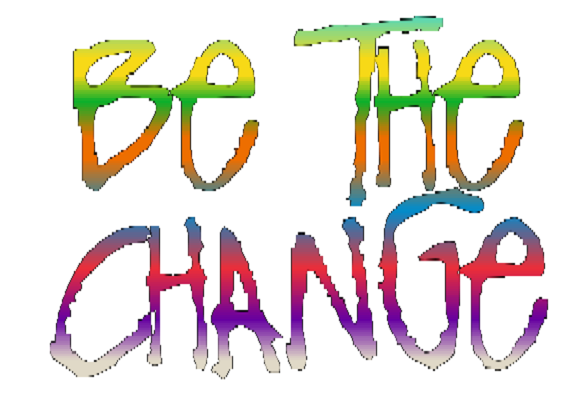Some believe there is nothing one man or one woman can do against the enormous array of the world’s ills … against misery, against ignorance, or injustice & violence. Yet many of the world’s great movements, of thought and action, have flowed from the work of a single man. A young monk began the Protestant reformation, a young general extended an empire from Macedonia to the borders of the earth, and a young woman reclaimed the territory of France. It was a young Italian explorer who discovered the New World, and 32 years old Thomas Jefferson who proclaimed that all men are created equal. ‘Give me a place to stand,’ said Achimedes, ‘and I will move the world.’ these men moved the world, and so can we all.’”
– Robert F. Kennedy
In 1974, Professor Muhammad Yunus, a Bangladeshi economist from Chittagong University, led his students on a field trip to a poor village. They interviewed a woman who made bamboo stools, and learnt that she had to borrow the equivalent of 15p to buy raw bamboo for each stool made. After repaying the middleman, sometimes at rates as high as 10% a week, she was left with a penny profit margin. Had she been able to borrow at more advantageous rates, she would have been able to amass an economic cushion and raise herself above subsistence level.
Realizing that there must be something terribly wrong with the economics he was teaching, Yunus took matters into his own hands, and from his own pocket lent the equivalent of £ 17 to 42 basket-weavers. He found that it was possible with this tiny amount not only to help them survive, but also to create the spark of personal initiative and enterprise necessary to pull themselves out of poverty.
Against the advice of banks and government, Yunus carried on giving out ‘micro-loans’, and in 1983 formed the Grameen Bank, meaning ‘village bank’ founded on principles of trust and solidarity. In Bangladesh today, Grameen has 1,084 branches, with 12,500 staff serving 2.1 million borrowers in 37,000 villages. On any working day Grameen collects an average of $1.5 million in weekly installments. Of the borrowers, 94% are women and over 98% of the loans are paid back, a recovery rate higher than any other banking system. Grameen methods are applied in projects in 58 countries, including the US, Canada, France, The Netherlands and Norway.
Muhammad Yunus is that rare thing: a bona fide visionary. His dream is the total eradication of poverty from the world. ‘Grameen’, he claims, ‘is a message of hope, a programme for putting homelessness and destitution in a museum so that one day our children will visit it and ask how we could have allowed such a terrible thing to go on for so long’. This work is a fundamental rethink on the economic relationship between the rich and the poor, their rights and their obligations. The World Bank recently acknowledged that ‘this business approach to the alleviation of poverty has allowed millions of individuals to work their way out of poverty with dignity’.






 HR consultant, Life & Career Coach, Job Search Strategist, Author, Writer, Workplace Readiness Coach & Youth Instigator
HR consultant, Life & Career Coach, Job Search Strategist, Author, Writer, Workplace Readiness Coach & Youth Instigator 





Inspiring!